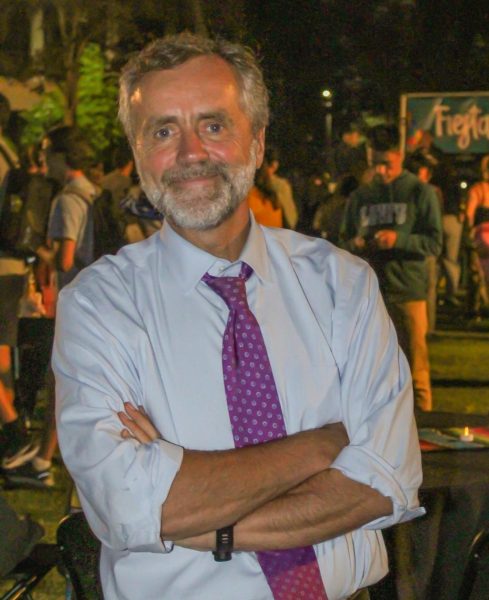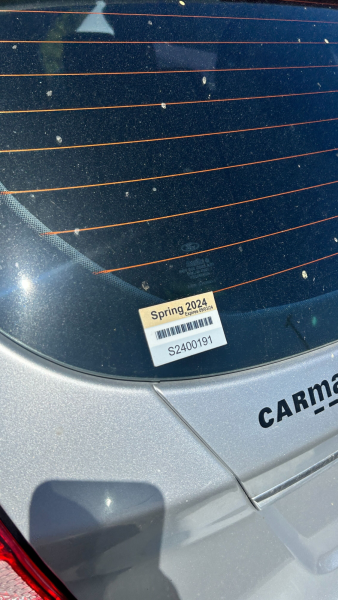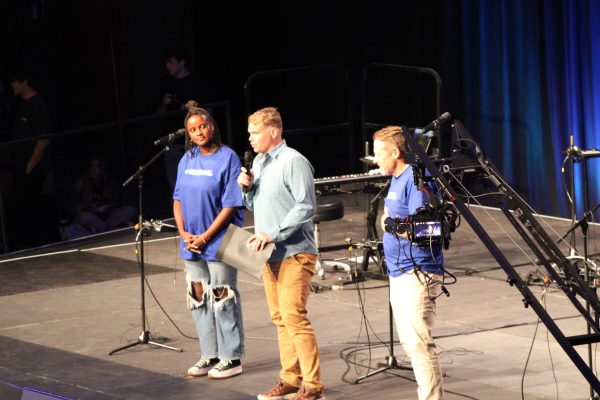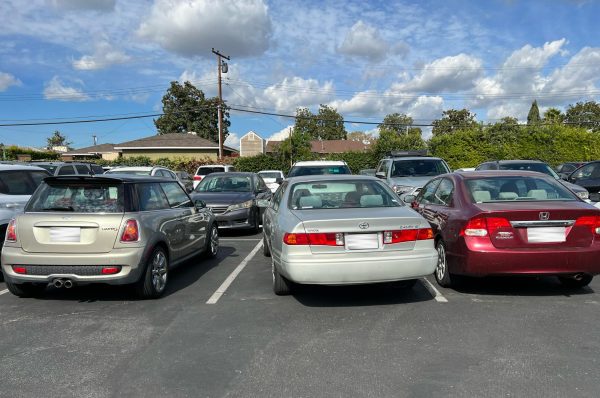The time to protest is now
In times of uncertainty, students should fight injustice with confidence.
February 14, 2017
The simplicity of a signature begun to carry a monstrous weight in the oval office on Jan. 20. Since this date, President Trump signed seven executive orders and eleven presidential memos. These orders, although not surprising, seem alarming to some. Worries run high for people like environmentalists and refugees. Although the president wields great power through executive orders and memorandums, college students and young post-grads must not forget that, although the political spectrum may seem grim, times like these empower the youth. Millennials have the power to push back any form of injustice they see.
A time of empowerment
A memorandum released on Jan. 30 from the Oval Office permitted the Army Corps of Engineers to give the necessary permits to Energy Transfer Partners to complete the Dakota Access pipeline, as well as clearly expressing his support for that project and the Keystone XL pipeline. Trump, bent on nullifying many pre-existing regulations created by the Environmental Protection Agency, also temporarily froze all new business activity and, for a brief time, froze all social media accounts for all parks and organizations under the EPA and the U.S. Department of Interior.
At first glance, this could all seem problematic. These orders and memorandums can affect the everyday lives of many Americans. These moves also give Congress more confidence in passing laws that have the potential to harm the nation even more. For example, Florida Republican House Representative Matt Gaetz introduced a bill to terminate the EPA altogether by Dec. 2018 on Feb. 3.
The power of activism
New orders like this deserve protesting by younger generations that do not support any of Trump’s regulations and executive orders. Activism works effectively if executed correctly. During Obama’s administration, the water protectors of the Standing Rock Sioux tribe and hundreds of thousands of others successfully stopped the construction of the Dakota Access Pipeline through the tribe’s water source and sacred ground.
Intercultural Studies professor and environmentalist Lloyd Peckham suggested to fight against climate change, but in subtle ways. He has experience with other environmental causes, considering he organized events with fellow students when he was in high school on the first Earth Day and also created a bumper sticker campaign to stop developments in the Newport Back Bay.
In an interview, he recalled a professor’s stories of mountain biking in the Santa Ana Mountains depicting the previous smog problems of Orange County and the EPA’s significance in this alleviation of the situation.
“He can remember, over 20 years ago, before the EPA, you couldn’t see Catalina [Island] and you couldn’t see San Clemente Island,” Peckham said. “But because of the EPA, we can see not only Santa Catalina Island, but also San Clemente Island.”
Love and understanding
Taking legal action rather than shouting to drown out voices works effectively as well, according to Peckham.
“I personally think the louder the protests are, the more broken it proves our democracy is,” Peckham said. “It’s better if we can do it through our representative forms and our forum like in city councils rather than in the streets.”
The most effective point stressed by Peckham, though, is listening to both sides of thought.
“It all has to be done with love and understanding,” Peckham said. “I try to hear both sides.”
This time in American history presents challenges to some. This era also presents amazing opportunities for students to truly feel and know the amount of power they have as citizens in a democratic republic. Times like these are made for young people.







